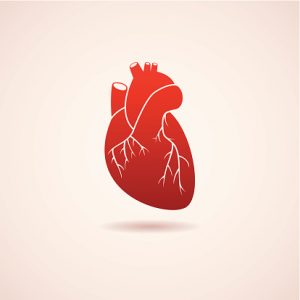
The heart pumps out blood through the left ventricle and the mass of this ventricle is a predictor of cardiovascular events. In cases such as high blood pressure, ventricle walls may become thicker due to greater amounts of blood being pumped out.
Previous studies have shown that left ventricle mass changes with age – increases and decreases. Unfortunately, those studies did not include lifestyle factors and other historical factors. For the latest study researchers evaluated long-term variations in the same people by comparing baseline information from a cardiac MRI with another image taken at a future date.
John Eng, M.D., from Johns Hopkins University School of Medicine said, “We had the opportunity to re-examine the same people after 10 years so that we could see what happened to their hearts after a decade.”
A total of 2,953 participants were used for the study. Researchers used cardiac MRI to create a baseline of their hearts and observe changes over the long-term. At the beginning participants were free of cardiovascular disease. Between the baseline and the follow-up was a median of 9.4 years.
Researchers compared both men and women and found that the left ventricle ages differently between genders. Women were more likely to have decreases in left ventricle mass while men’s left ventricle mass increased.
Dr. Eng added, “The shape of the heart changes over time in both men and women, but the patterns of change are different. Men’s hearts tend to get heavier and the amount of blood they hold is less, while women’s hearts don’t get heavier.”
Although additional research about the differences between men and women are required, Dr. Eng said, “We’ve been talking a lot lately about personalized medicine, and here’s an example where perhaps men and women might have to be treated differently.”
The study reinstates the importance of a healthy diet and managing blood pressure as a means to reduce the risk of heart disease. Furthermore, the study highlighted the benefits of cardiac MRI compared to other imaging techniques to examine the heart.
Dr. Eng concluded, “Most heart imaging is done by echocardiography, but the measurements require a few assumptions and may not be as precise as you would like. MRI gives you clearer pictures of the heart, allowing more precise computerized measurements.”
Also Read: Obese women with heart failure live longer than obese men